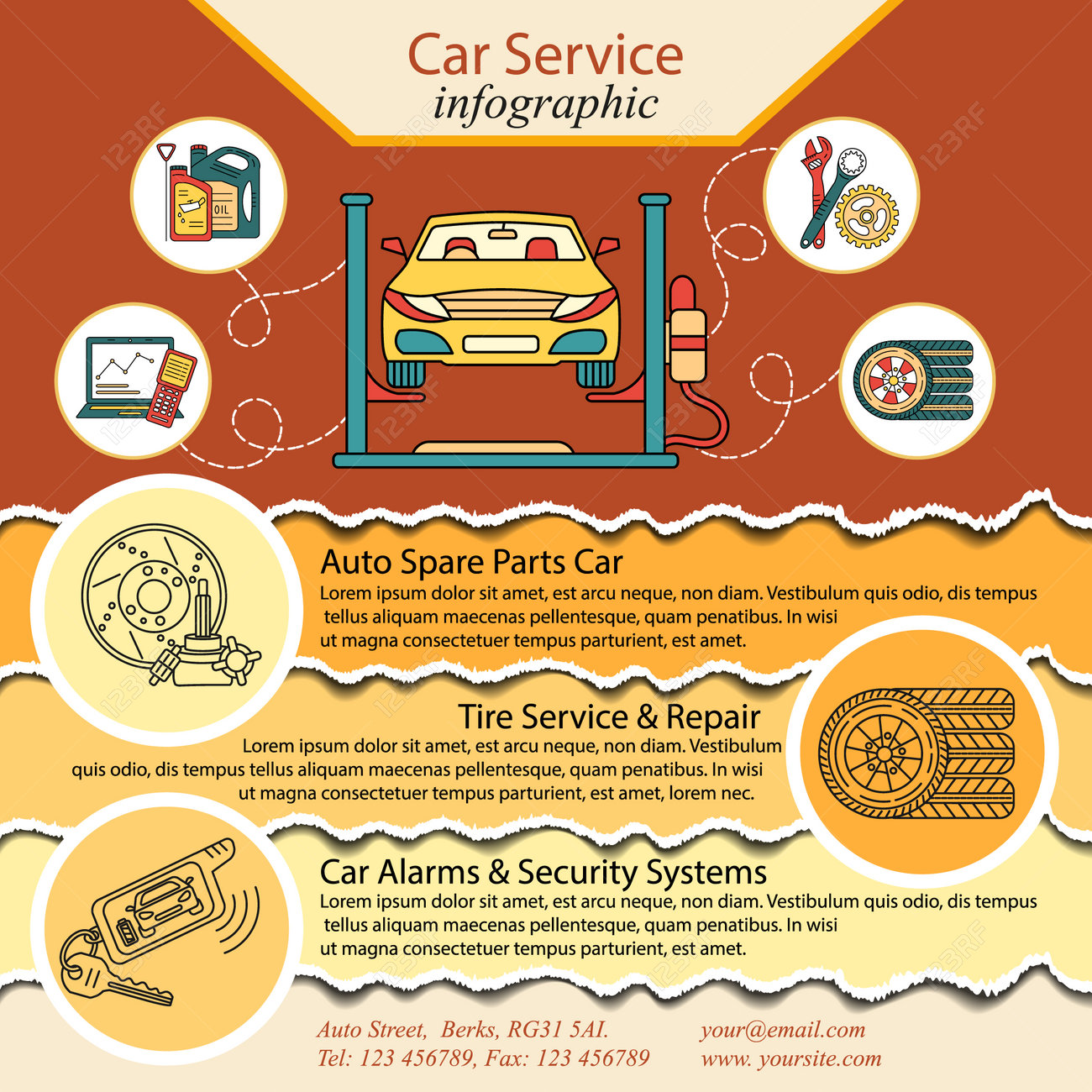Wondering About The Meaning Behind Those Dashboard Warning Lights? Gain Insights Right Into Their Implications For Your Vehicle'S Security And Maintenance
Wondering About The Meaning Behind Those Dashboard Warning Lights? Gain Insights Right Into Their Implications For Your Vehicle'S Security And Maintenance
Blog Article
Short Article By-Vinson Alvarado
When you're behind the wheel, those beautiful warning lights on your control panel can be a bit puzzling. Do you know what they're trying to tell you about your automobile's health? Understanding the significance of these lights is vital for your safety and security and the durability of your vehicle. So, the following time one of those lights turns up, would not you intend to analyze its message precisely and take the needed actions to resolve it?
Common Caution Lighting and Interpretations
Determine common caution lights in your automobile and recognize their definitions to guarantee secure driving.
The most normal warning lights include the check engine light, which indicates concerns with the engine or discharges system. If this light comes on, it's important to have your car examined immediately.
The oil pressure warning light suggests low oil stress, requiring instant attention to prevent engine damages.
A flashing battery light may suggest a faulty charging system, possibly leaving you stranded otherwise resolved.
The tire pressure monitoring system (TPMS) light signals you to low tire stress, affecting automobile stability and gas effectiveness. Overlooking car groomer auckland might cause unsafe driving problems.
https://oil-and-filter-change84951.blog5star.com/30340837/prepare-yourself-to-elevate-your-auto-s-look-in-less-than-an-hour-with-straightforward-suggestions-that-will-leave-you-in-awe-your-rapid-auto-describing-remedy-is-simply-nearby suggests an issue with the anti-lock stopping system, endangering your ability to stop quickly in emergency situations.
Last but not least, the coolant temperature level warning light warns of engine overheating, which can result in severe damage otherwise fixed promptly.
Understanding these usual caution lights will certainly help you attend to problems immediately and maintain safe driving problems.
Importance of Prompt Focus
Comprehending the usual warning lights in your auto is only the initial step; the relevance of immediately dealing with these cautions can not be emphasized sufficient to ensure your safety when driving.
When a warning light brightens on your control panel, it's your vehicle's way of communicating a potential issue that requires focus. Ignoring these cautions can result in extra extreme troubles in the future, compromising your safety and security and potentially costing you a lot more in repairs.
Prompt focus to cautioning lights can avoid malfunctions and crashes. For example, a flashing check engine light might suggest a misfire that, if left ignored, can trigger damage to the catalytic converter. Addressing this quickly can conserve you from a costly repair work.
Likewise, a brake system advising light could signal low brake liquid or used brake pads, important components for your security when driving.
Do It Yourself Troubleshooting Tips
If you see a caution light on your dashboard, there are a couple of do it yourself troubleshooting tips you can try prior to looking for specialist assistance.
The first step is to consult your car's manual to understand what the certain warning light suggests. Occasionally the concern can be as basic as a loose gas cap causing the check engine light. Tightening up the gas cap might fix the problem.
One more usual problem is a reduced battery, which can activate numerous warning lights. Checking the battery links for rust and ensuring they're protected may take care of the issue.
If a caution light continues, you can attempt resetting it by disconnecting the automobile's battery for a couple of minutes and afterwards reconnecting it. In addition, inspecting your automobile's liquid degrees, such as oil, coolant, and brake fluid, can aid troubleshoot cautioning lights associated with these systems.
Final thought
To conclude, recognizing your vehicle's warning lights is necessary for keeping your car running efficiently and safely. By immediately dealing with these informs and recognizing what they mean, you can avoid expensive repair services and potential failures.
Keep in mind to consult your car's manual for certain details on each alerting light and act as necessary to ensure a hassle-free driving experience.
Keep notified, remain safe when traveling!
